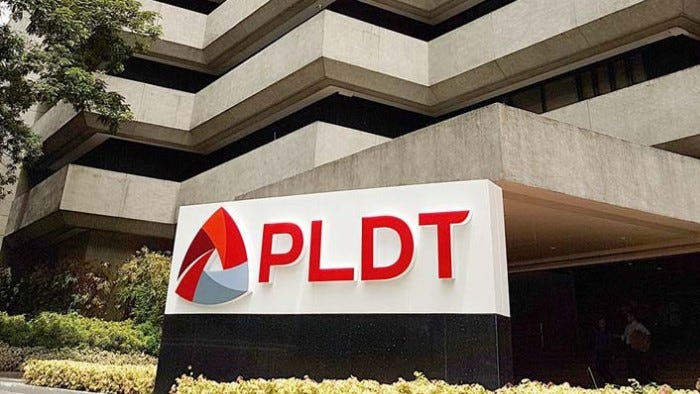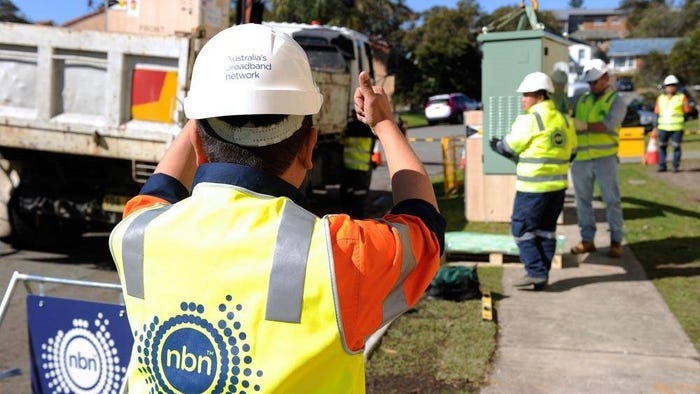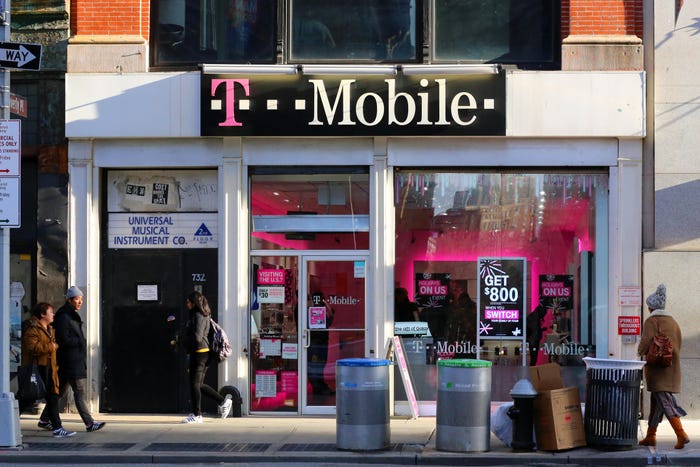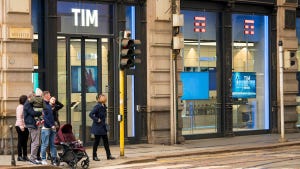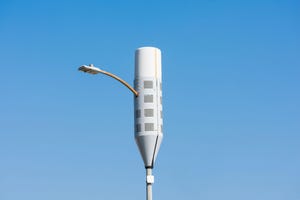Fiber optic cables lie on a construction site
Broadband
The Buildout: Pennsylvania awards $204M to Verizon, Comcast and othersThe Buildout: Pennsylvania awards $204M to Verizon, Comcast and others
This week in broadband builds: Comcast and Verizon win big in Pennsylvania; Metronet reaches most of St. Joseph, Missouri; Glo Fiber to expand to 40,000 in Ohio – and more.
Subscribe and receive the latest news from the industry.
Join 62,000+ members. Yes it's completely free.

